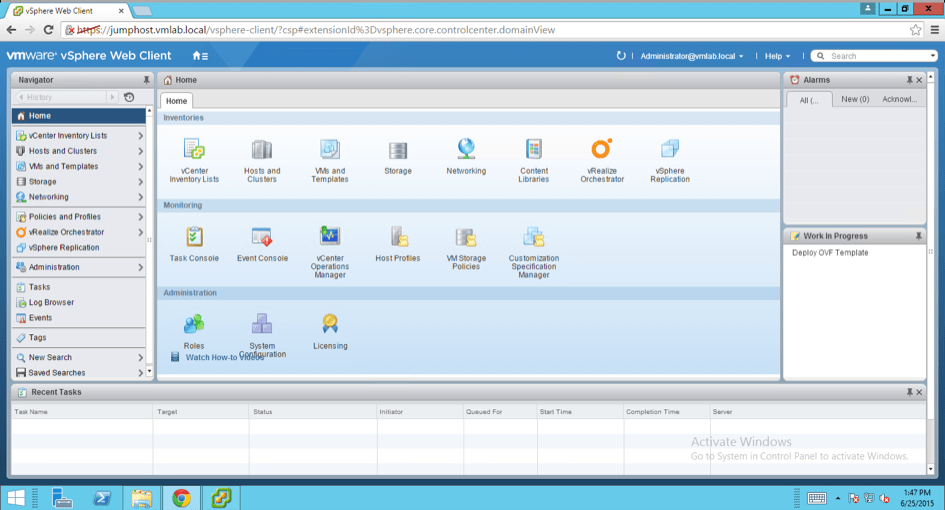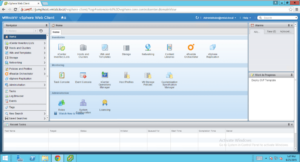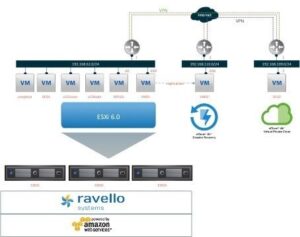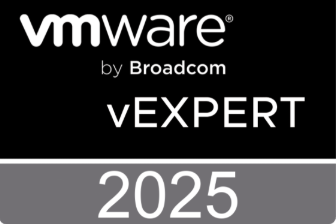As of March 16th, vCloud Air Disaster Recovery got some much needed enhancements. You can read the release notes here but I’ll focus on the most important new feature (at least for my demo): native failback. Before this new feature, you would be able to recover your failed datacenter in vCloud Air but getting your workloads back into your own datacenter involved shutting down your VMs and using vCloud Connector to do an offline copy. vCloud Connector cannot copy running VMs. This made the entire service obsolete in my opinion. You could tell your boss that you had successfully saved the business by recovering your failed datacenter in the cloud … but that you had to turn everything off again for an extensive period in order to get stuff back into your own datacenter. But let bygones be bygones, VMware realized this and introduced Native Failback. You do need vSphere Replication 6.0, which essentially means that you should run vSphere 6.0, but that is a requirement that you should be able to work with if native failback is important to you.
Setting up vSphere Replication is pretty easy. The appliance is supplied as an OVF. You just put in your networking details and off you go. Once the appliance is deployed you need to finalize the setup through the Virtual Appliance Management Interface (VAMI), which runs on port 5480 of the appliance. The most important step is registering the appliance with Single Sign-On. The vSphere Replication plugin is then automatically installed in the vSphere Web Client.
I deployed a single MicroCore Linux based VM. This is a pretty small Linux distribution which contains the open source VMware Tools. Before I could replicate it to vCloud Air DR I needed to register my cloud instance with vSphere Replication. VMware provides a vSphere Replication instance inside vCloud Air for you so you don’t have to configure or deploy anything there. Registering the vCloud Air DR instance as a target site is done using the vSphere Web Client:
Once my vCloud Air DR instance was registered, I could initiate an outgoing replication for my MicroCore Linux VM from my Ravello based “datacenter” to vCloud Air. I can imagine that all these cloud instances and VPN tunnels can get a bit confusing so I drew up a small infrastructure drawing in Visio:
Mind you that the vCloud Air instances are provided from UK based datacenters and that the Ravello powered vSphere datacenter is running in an AWS datacenter in Virginia, USA. We are actually replicating this virtual machine to the other side of the Atlantic!
In my next and final blog in this series I will demonstrate a test DR, a planned migration and a real disaster recovery by turning of the Ravello environment with a single mouse click.









